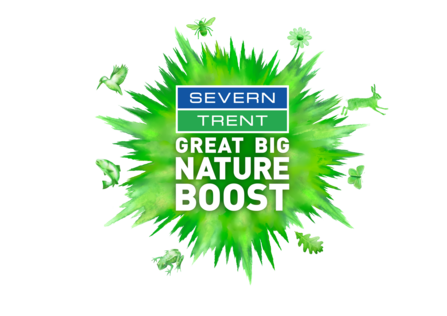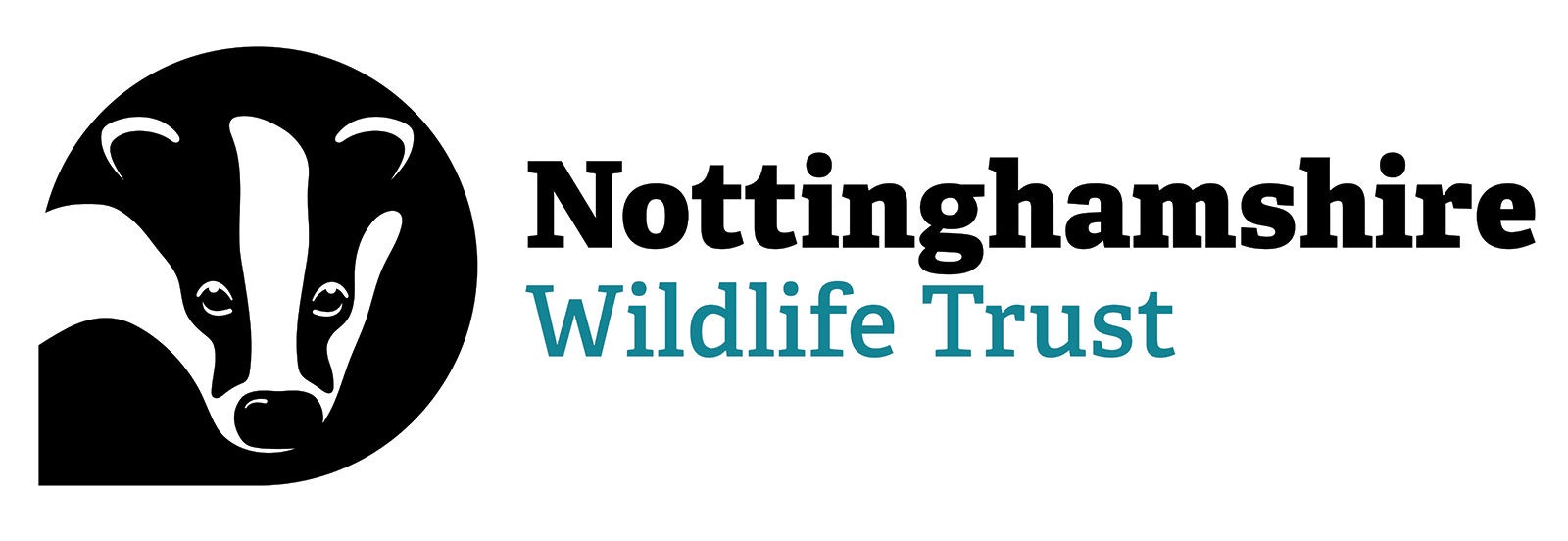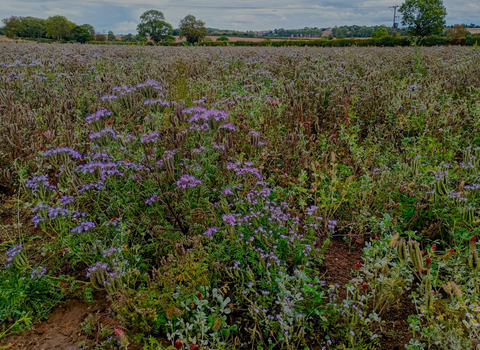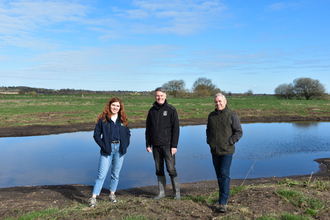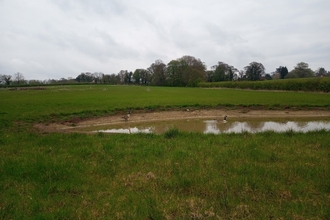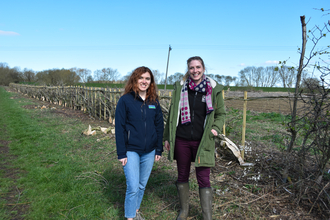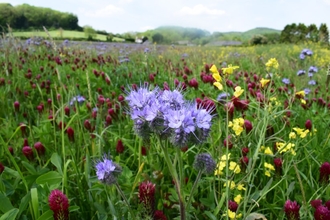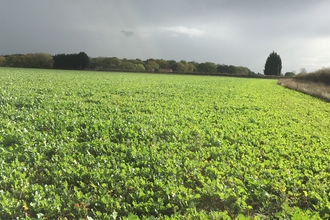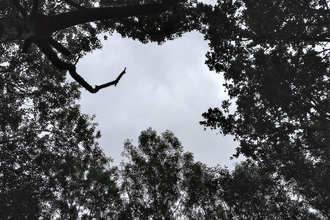Making space for nature
Nature Recovery Network in Farmed Landscapes is a partnership project between Nottinghamshire Wildlife Trust and Severn Trent. The aim of this project is to create new habitats and improve existing habitats within the farmed landscape, working with landowners and managers to bring more wildlife onto farms, alongside commercial farming.
This project is a crucial part of the wider Nature Recovery Network ambitions of Nottinghamshire Wildlife Trust and will contribute to meeting the 30x30 vision for the UK. With 70% of land in Nottinghamshire being farmed you can see how important creating and improving wildlife corridors and habitat connectivity is. Even small initiatives will create important stepping stones for wildlife.
Working with farmers update Nov 2023 (https://youtu.be/Lzzofw83GDI)
The initial work completed as part of the NRN in Farmed Landscapes project in Nottinghamshire with a few summer 2023 updates. Credit Quinton Quayle Industries Ltd
Our impact
2024-2025
In 2024-2025 we achieved 69.36 ha of permanent new habitat and 577 ha of temporary habitat, including:
- Pond creation
- Pond restoration
- Scrape creation
- Provision of nest boxes and supplementary bird feed
- 327 m of hedge creation
- 9.27 ha of wildflower creation
- 1.5 ha of tree planting
- 577 ha of cover crops
- 9.42 ha of arable conversion to a mosaic of habitats
2023-2024
In 2023-2024 we achieved 5 ha of permanent new habitat and 280.87 ha of temporary habitat, including:
- Provision of nest boxes and supplementary bird feed
- 685 m of hedge creation
- 1023 m of hedge laid
- 1.7 ha of field margins
- 1.2 ha of Wildflow
- 0.45 ha of scrub creation
Through 2023-24 we recorded new sightings of Great crested newts, Smooth newts, Grass snake, Toad tadpoles and Frogspawn in our newly created and restored ponds.
2022-2023
In 2022-2023 we achieved:
- 10 ponds
- 2 pond restorations
- 4 scrapes for waders
- 170 ha cover crops
- 2000+ meters of hedge creation, hedge laying and gapping up
Also woodland conservation management, herbal leys, wildflower meadow areas, wild bird covers and beetle banks. Plus the provision of nest boxes and supplementary bird feed
2021-2022
- 79 hectares overall habitat improvement
- 2 pond creations
- 3 pond restorations
- 2205m of hedge creation
Plus the provision of nest boxes and supplementary bird feed.
Case study
Strelley Ponds
Two ponds were created in The Field at Strelley, a piece of farmland that is being enhanced for wildlife.
Within its first year, monitoring of the pond has already shown the establishment of a range of aquatic invertebrates e.g. beetle larvae, diving beetles, fly larvae, mayfly nymphs, water boatmen, backswimmers and pond skaters. Waterfowl such as Canada Geese and Mallards have been frequent visitors, as have deer which come to drink from the ponds. Common Toad, Grass Snake and Newts have all been found in the areas surrounding the ponds which are also being monitored.
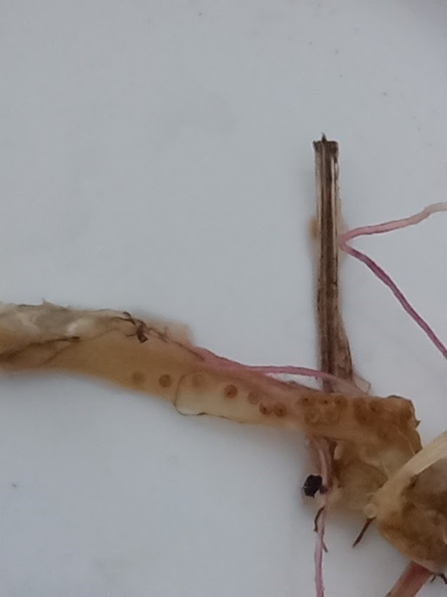
Newt eggs (most likely to be Smooth Newts, however it is hard to distinguish from Palmate Newt) found laid on vegetation in one of the newly created ponds.
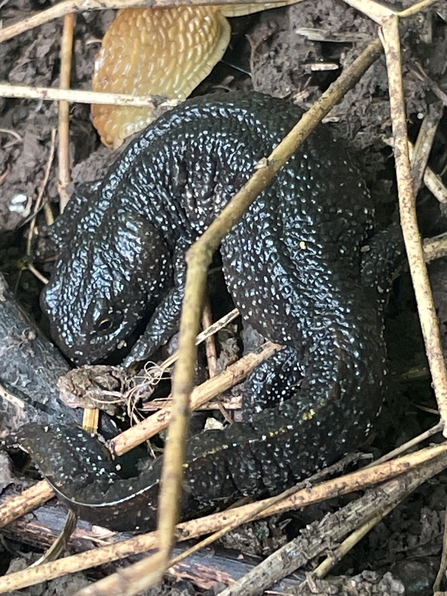
Female Great Crested Newt. Found under a reptile monitoring mat adjacent to one of the newly created ponds. A young Grass Snake was also found under one of these mats.
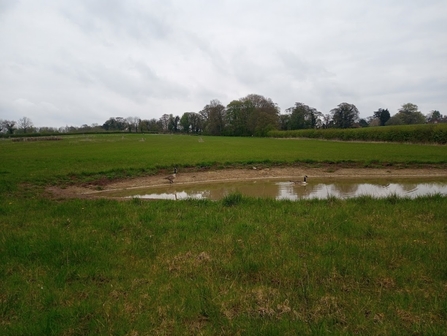
Pond being used by waterfowl.
We are really grateful for the grant funding Nottinghamshire Wildlife Trust have provided us with. We have found the cover crops to be a useful tool while also having many wildlife benefits. The hedge laying in particular would not have been done if it wasn't for this grant funding. It looks great and we look forward to watching the hedge develop and hopefully do more hedge laying next season.
Funded by
